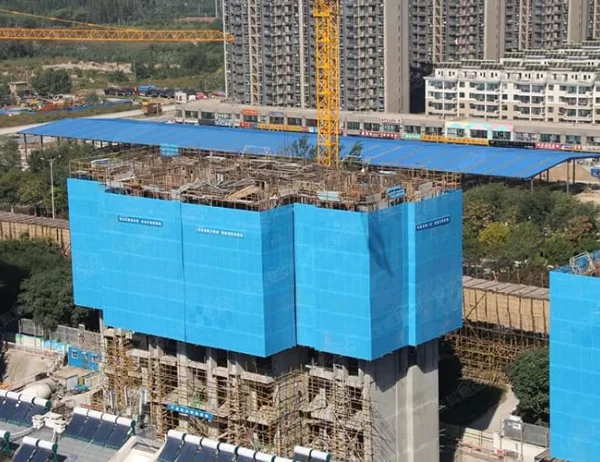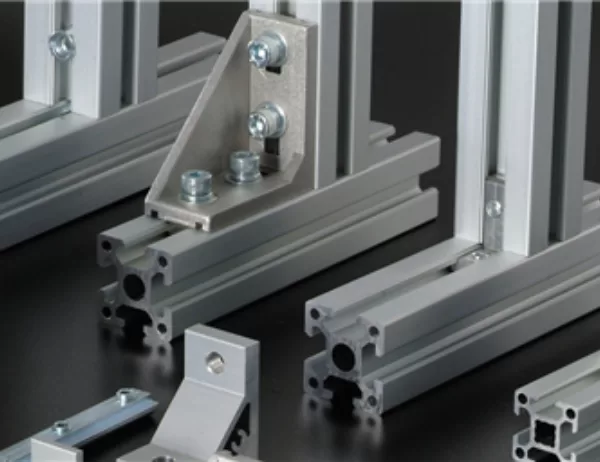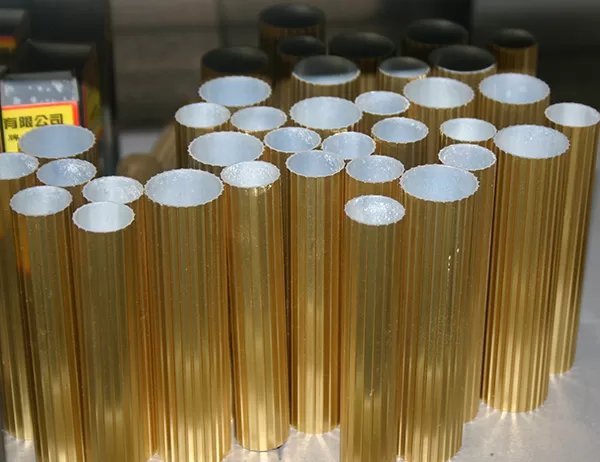Custom T6 aluminum tubes offer exceptional strength, durability, and corrosion resistance, making them ideal for a wide range of industrial and commercial applications. Fabricating these tubes involves a specialized process that ensures precise dimensions and meets specific design requirements. This article delves into the intricate details of custom T6 aluminum tube fabrication.
Raw Material Selection
The fabrication process begins with the selection of high-quality T6 aluminum alloy. T6 aluminum is a heat-treated alloy known for its enhanced tensile and yield strength. The raw material is carefully inspected to meet the desired specifications and ensure structural integrity.
Extrusion
To form the desired tube shape, the aluminum alloy is subjected to an extrusion process. In extrusion, the aluminum billet is forced through a die, resulting in a continuous tube. The extrusion process requires precise temperature control, die design, and extrusion speed to achieve accurate dimensions and smooth surface finishes.
Heat Treatment
After extrusion, the tubes undergo a series of heat treatments, including solution annealing and aging. Solution annealing involves heating the tubes to a predetermined temperature and then quenching them rapidly. This process softens the aluminum and makes it more malleable. Anschließend, the tubes are aged at a lower temperature to achieve the T6 temper, which enhances their strength and hardness.
Precision Cutting
The fabricated tubes are then precision cut to the desired length and angle. This process involves the use of specialized cutting equipment, such as CNC saws or water jet cutters, to achieve clean and accurate cuts. The cut edges are carefully finished to remove any burrs or imperfections.
Bending and Forming
Custom T6 aluminum tubes can be bent and formed to create complex shapes and configurations. The bending process is carried out using specialized bending machines that apply precise force to the tubes, ensuring smooth bends without compromising structural integrity.
Joining and Assembly
Depending on the design requirements, custom T6 aluminum tubes can be joined together using various methods, such as welding, brazing, or mechanical fastening. The joining process requires skilled technicians and specialized equipment to ensure the joints meet the necessary strength and durability specifications.
Finishing and Inspection
The fabrication process concludes with the application of surface treatments, such as anodizing or powder coating. These treatments enhance the tubes’ corrosion resistance, appearance, and wear resistance. The finished tubes are then meticulously inspected to verify their dimensions, tolerances, and overall quality.
Applications
Custom T6 aluminum tubes find applications in various industries, including:
– Aerospace: Structural components, fuel lines, and hydraulic systems
– Automotive: Engine components, exhaust systems, and chassis components
– Construction: Structural supports, railings, and facades
– Marine: Boat hulls, masts, and rigging
– Medical: Medical devices, implants, and surgical instruments
In conclusion, fabricating custom T6 aluminum tubes is a multifaceted process that requires expertise in material selection, extrusion, heat treatment, precision cutting, bending, joining, and finishing. The resulting tubes possess exceptional strength, durability, and corrosion resistance, making them suitable for demanding applications across a wide range of industries.




